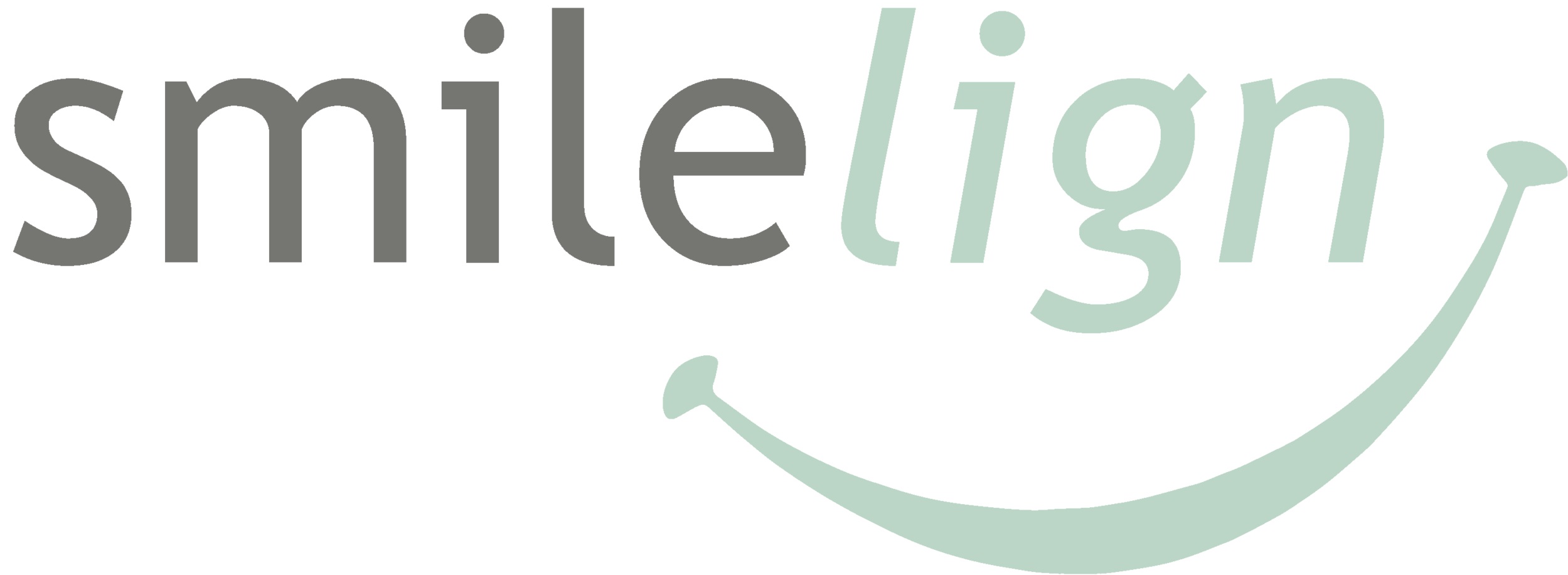At-home Teeth Straightening: Is It Worth the Risk?
Once upon a time, teeth straightening was only available via the dentist - requiring regular check-ups and consultations. However, as the demand for straight teeth has risen, so have alternative methods like ‘at-home teeth straightening’ kits.
Typically a lot more convenient, at-home brace kits allow the individual to straighten their smile from home for a much lower price than ordinary teeth straightening treatments.
However, recent stories reveal that these at-home teeth straightening kits come with a variety of risks, putting your dental health on the line.
Read on to find out more about these at-home alternatives and the risks associated with this method.
How Does At-home Teeth Straightening Work?
At-home teeth straightening starts in a similar way to Smilelign, requiring impressions that can be sent off to design your treatment plan.
However, the difference with at-home treatment is that you’re expected to take the impression yourself - using either a specified clinic or an at-home impression kit. The impression is an important part of treatment, determining the shapes and contours of your teeth to plan your treatment and can be trickier to perfect than you may think!
Once your impressions have been received via the at-home kit, your full set of aligners are created in a remote lab and sent to you, along with a treatment plan to follow.
The Risks of at-home aligners.
This D.I.Y process can sound appealing to save on costs, but orthodontics is a specific science that requires years of training and education by dental professionals.
Many at-home teeth straightening companies claim that dentists, and other aligner systems are conning the public into paying extortionate prices. But as the old saying goes: you get what you pay for and that certainly applies to dental treatment. After all, you wouldn’t try and perform an operation on yourself, so why should dental treatment be any different?
D.I.Y Impressions
Having your dental impressions taken can be an unpleasant experience at the dentist, let alone at home when you’re doing it yourself. If you’ve ever had a dental impression, you’ll know that it can be tricky and uncomfortable - requiring a level of knowledge and training from a professional to ensure it’s taken correctly.
In a recent news story, one patient had noticed “that things didn’t feel right with the bite” and that her head ‘was hurting frequently”. She consulted an outside Orthodontist, only to be told that her at-home aligner had caused a crossbite - meaning she would have to pay thousands to reverse the damage.
It was determined that her at-home braces had caused this crossbite, as her aligners were not fitting correctly. It’s possible that this patient’s impression was not recorded properly - resulting in faulty aligners that went on to cause the crossbite.
It may seem like a small and insignificant step, but an impression is vital for gaining an accurate depiction of your teeth. With Smilelign, you are required to visit your dentist for your impressions, and many dentists (including yours) have an Intraoral scanner. An Intraoral scanner is far less invasive than a putty-like impression, passing a narrow device over your teeth and gums to create a 3D image of your mouth.
With the above said, it’s clear that having your impressions taken with your dentist is a far more safe, comfortable and accurate option!
No consolation or check-ups
With Smilelign aligners, you are required to visit your dentist once every two weeks to measure your progress, change your aligner and check that your treatment is running smoothly. When completing at-home treatment there are no consultations or regular, in-person check-ups - leaving you to your own device with a treatment plan to follow.
Dentists are trained to spot any developing issues that a patient may miss, treating the problem before it becomes serious. It’s therefore important for teeth straightening patients to see a dentist regularly throughout their treatment.
Dr Kau, chairman and professor of orthodontics at the University of Alabama at Birmingham, said that ‘moving teeth without in-person supervision can lead to permanent harm’, with some cases leading to tooth loss. She states that bite issues are more than just cosmetic, affecting the entire function of your jaw, and should be taken seriously.
Jaw problems can lead to a whole host of issues down the line, including migraines, jaw joint problems and the disintegration of your joints. A lot of these are irreparable, so it’s important to ensure you’re investing in a safe and trusted treatment.
In Conclusion
The low-cost convenience of at-home straightening can sound very appealing. However, when it comes to your dental health it’s important that the procedures you undertake are safe and supported by professionals. At-home treatment certainly has its benefits, but no cheap alternative is worth risking your dental health.
With Smilelign treatment you are consulted by a Smilelign dentist at the beginning of your treatment, assessing your case and creating you a treatment plan. From thereon out, your dentist will monitor your progress throughout your treatment, offering support if needed.
Want to straighten your smile without the risk? Book an appointment with your nearest Smilelign provider today!

